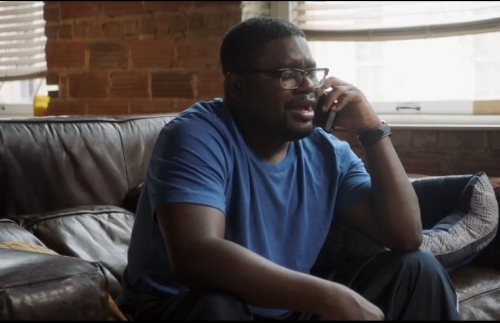Get Out's title sequence includes a cute reference to the famous part in Dario Argento's Suspiria where the victim is driven through a haunted forest to the sounds of Goblin's demented yowling. That should clue us into what to expect. Argento's film was about a coven of witches lusting after the youth of young girls, and lashing out. Jordan Peele's update isn't really all that different – the family are just that bit more surgical about it.
But it's not just youth, strength and beauty that these villains are after. The blind and therefore (supposedly) symbolically unprejudiced art-dealer wants the talent as well. The most subtle and incisive aspect of the film is that the bad guys admire the social and cultural achievements, as well as the physique, of their black victims. Even when black culture carves out its own space, white supremacy has to carve it right back and get a piece of the action. Because what are the zombified domestic workers but a wry comment on white people trying to get into black people's heads and portray them back to a black audience – and not only failing but royally creeping them out? It's an experience that many black creators must know pretty well.
Peele initially wanted to end the film on a downer, but test screenings and the political context in the USA convinced him that he needed to give his protagonist and his audience a win for once – and one that celebrates black solidarity in the face of horrific and unexpectedly deep-seated racism. The scenes with Roy release a huge amount of tension – the comic relief almost slipping the film into the comedy genre before we return to the Hitchcockian unease of the parents' house. That little see-saw in tone and genre is excellent shorthand for the contrast between being a fish out of water, and being comfortable in your own skin.


No comments:
Post a Comment